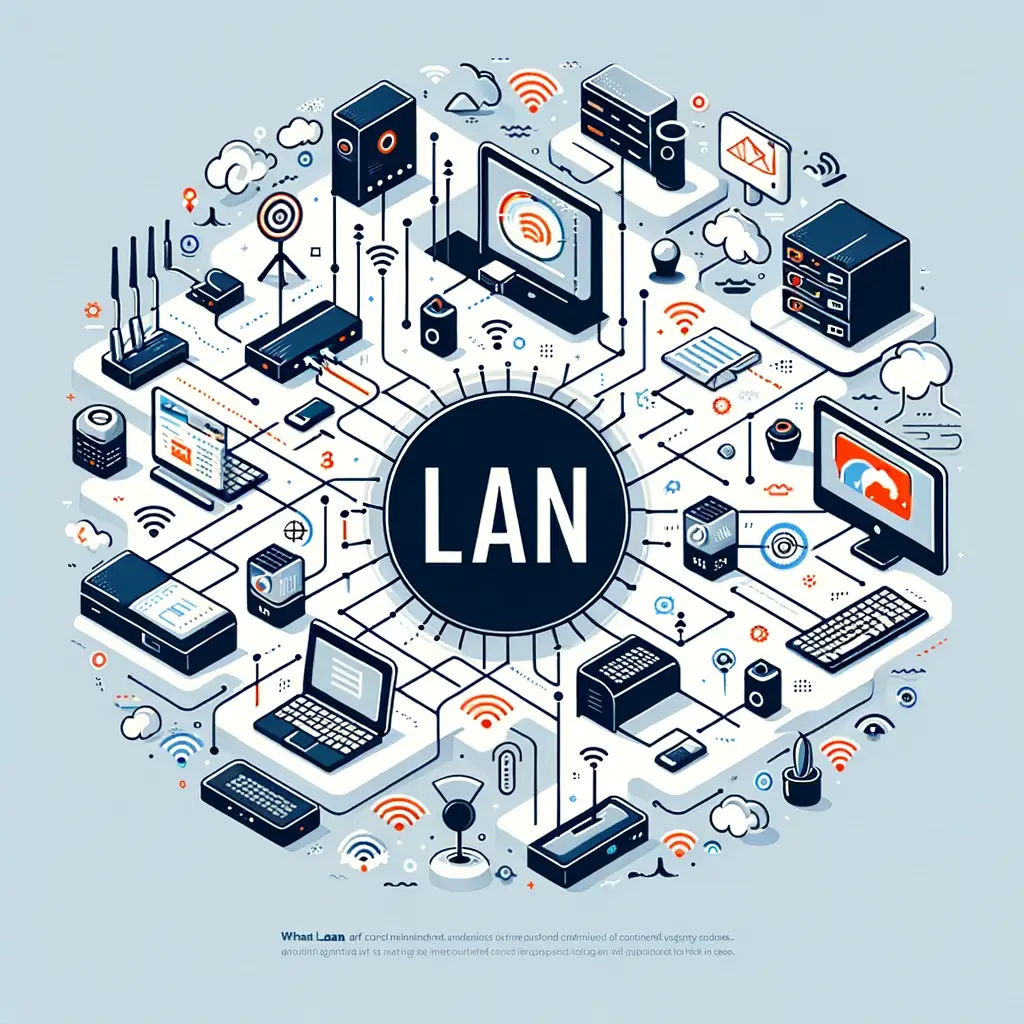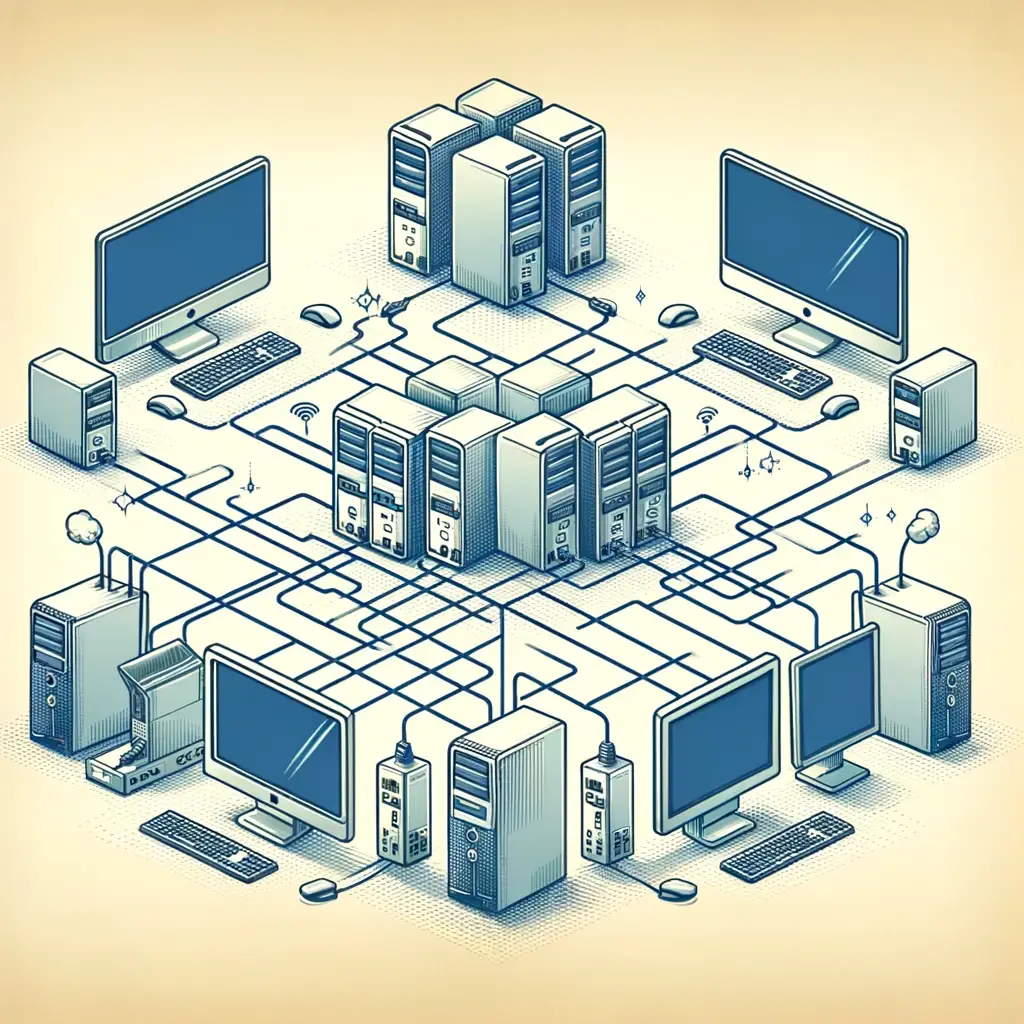
What is a LAN?
Learning about what a Local Area Network (LAN) is marks the beginning of understanding the vast and intricate world of computer networking. A LAN is a fundamental concept that forms the backbone of most modern communication and data exchange within confined areas, such as homes, offices, and campuses. This introductory journey into LANs will unveil how these networks enable the seamless connection of multiple devices, allowing for the sharing of resources like files, printers, and internet access among interconnected computers. Through this exploration, one will grasp the significance of LANs in the digital age, appreciate their role in enhancing operational efficiency, and recognize their impact on our daily technological interactions. Whether you are a student stepping into the realm of computer science, a professional seeking to bolster your technical skill set, or simply a curious individual intrigued by how devices communicate within a network, learning about what a LAN is offers valuable insights into the foundational infrastructure supporting our connected world.

What is a LAN?
A Local Area Network (LAN) is a computer network that connects devices within a limited area such as a home, school, office building, or closely situated buildings. This network enables devices to share resources and data efficiently, fostering a collaborative and productive environment. Understanding “What is a LAN?” is essential for anyone looking to set up a networked environment or seeking to enhance their knowledge of networking fundamentals. Imagine all your computers in your home or office. Lets say you had to share files between two of them. There is no way to do it because each computer is different. The LAN connects the computers together so there will be a secure way to share files.

Understanding The Connection
At its core, a LAN is designed for small geographical areas, offering high data transfer rates with minimal latency. The question “What is a LAN?” delves into the architecture of networking, where multiple devices are interconnected through various means such as Ethernet cables, Wi-Fi, or even fiber optics in more advanced setups. This connectivity allows for the sharing of internet access, files, printers, and other networked resources among devices, making it an indispensable tool for modern computing environments.

Other types of networks
Lets highlight the distinction between LANs and other types of networks, such as Wide Area Networks (WANs) or Metropolitan Area Networks (MANs). Unlike these broader networks that cover larger geographic areas and are typically managed by multiple organizations or service providers, LANs are usually private, serving a single organization or group. This allows for greater control over the network’s security, management, and customization to meet specific needs.

Other uses
Furthermore, LANs play a crucial role in the development and deployment of networked applications and services. From simple file sharing and printer access to more complex uses like networked gaming, VoIP services, and collaborative software, LANs provide the backbone for a myriad of technological interactions within a confined area.

Conclusion
In conclusion, the exploration of “What is a LAN?” uncovers the technical and practical aspects of Local Area Networks, showcasing their importance in facilitating communication and resource sharing in limited geographical spaces. Whether for personal, educational, or professional use, understanding LANs is crucial for leveraging technology to create efficient and connected environments.


